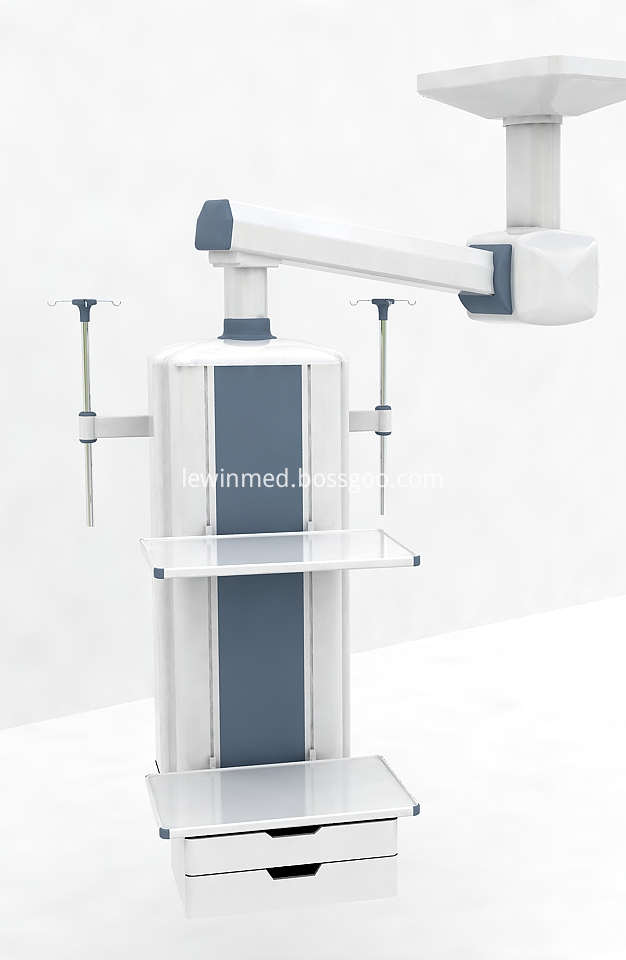Peach leaf curl is a common disease found in peach cultivation regions worldwide, particularly in areas near lakes, coasts, rivers, and estuaries. This fungal disease affects the health and productivity of peach trees, making it a significant concern for growers.
The symptoms of peach leaf curl primarily affect the leaves. Initially, the leaves become wrinkled, crumpled, and distorted as they age. The edges of the leaves often roll inward, and purplish-red or bright red bumps appear on the surface. Infected leaves become thickened, brittle, and eventually fall off. In severe cases, the disease can also impact young shoots, fruits, and flowers. During late spring and early summer, a grayish appearance develops on the leaves, followed by a white powdery coating—this is the spore stage of the pathogen. As the disease progresses, the leaves turn brown, dry out, and drop. New growth is often stunted due to rising temperatures.
Infected young shoots become swollen and shortened, with a gray-green, yellow, or reddish appearance. A layer of white spores forms on the surface, and the affected branches may wilt and die over time. On young fruits, small yellow or red spots appear, becoming more pronounced as the fruit grows. These spots cause the fruit to become deformed, with cracked or damaged skin. Mature fruits affected by the disease lose their hair, develop a smooth surface, and are prone to premature dropping.
The disease originates from overwintering spores that survive in bark crevices and bud scales. Cool, wet conditions favor the spread of the disease. Once temperatures rise above 21°C, the disease activity decreases significantly. By June, when the weather becomes warmer, the disease typically stops spreading.
To manage peach leaf curl, several control methods are recommended. First, during dormancy, especially when buds begin to expand, apply a thorough spray of 1° Baum lime sulfur or a 1:1:160 Bordeaux mixture to eliminate overwintering pathogens. Timely and proper application can effectively prevent the disease.
Second, improve orchard management by providing adequate fertilization and irrigation to healthy trees. This helps restore tree vigor and enhance resistance to infection. Diseased leaves and branches should be promptly removed and destroyed to prevent further spread.
Third, during the growing season, from bud break until the pink stage, apply fungicides such as 50% carbendazim at 600–800 times dilution, 50% mancozeb at 300–500 times, or a mixture of 0.5° lime sulfur with 1000 times diluted powder rust. These treatments have proven effective in controlling the disease.
Single Arm Electric Surgical Pendant
Single Arm Electric Medical Pendant,The control cabinet of the tower crane adopt the imported high-strength aluminum alloy of patent technology for the one-off extrusion molding, and the surface undergoes the primary oxidation treatment.The tray surface is non-slip. Mechanical friction damping brake.The imported electrical machine is adopted , and the rising and rotation function of the electric horizontal cantilever can accurately position without excursion.The gas pipeline, power supply and computer communication line are separately arranged without interference.

Single Arm Electric Surgical Pendant,Single Arm Anesthesia Pendant,Single Arm Ceiling Pendant,Single Arm Medical Gas Pendant
Shandong Lewin Medical Equipment Co., Ltd. , https://www.lewinmed.com
